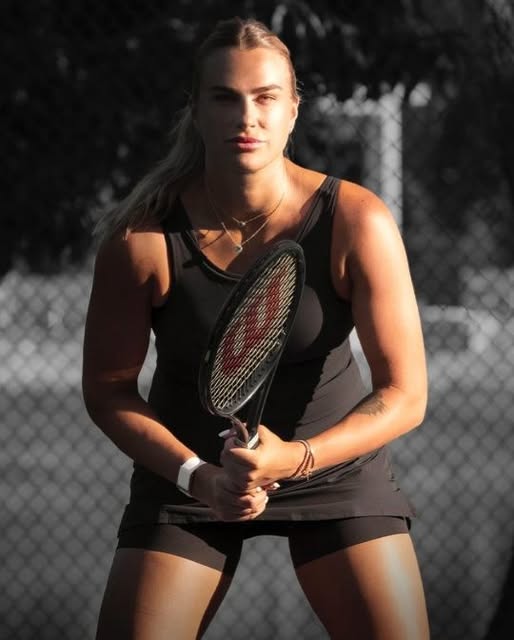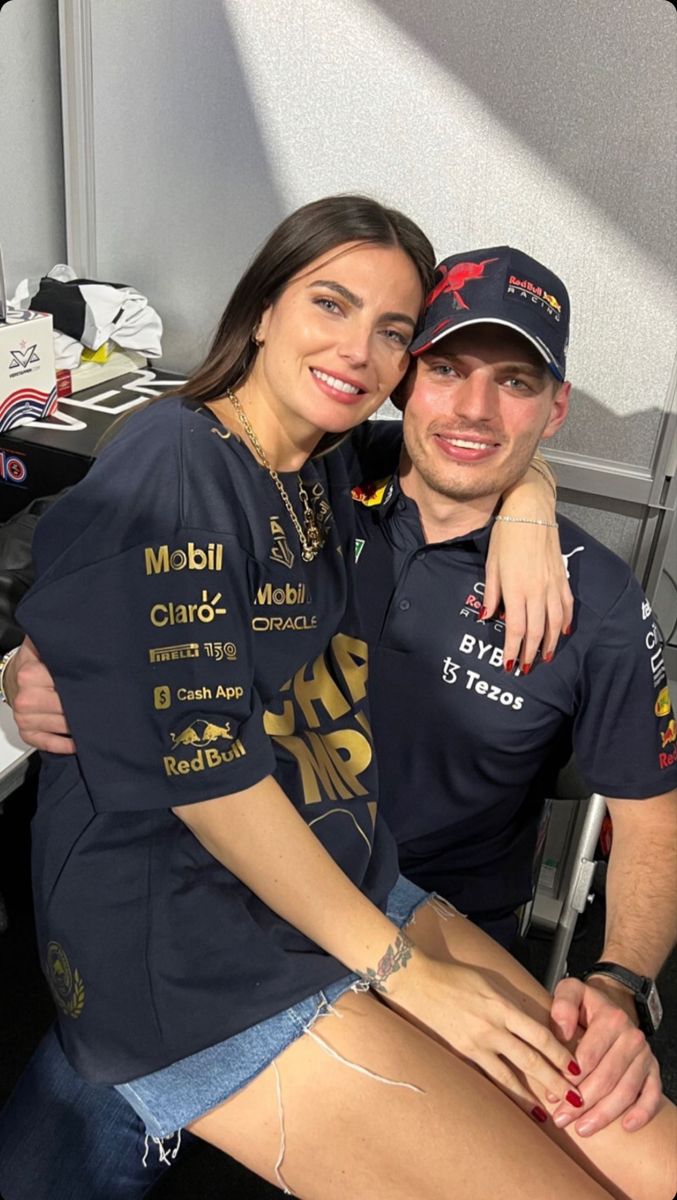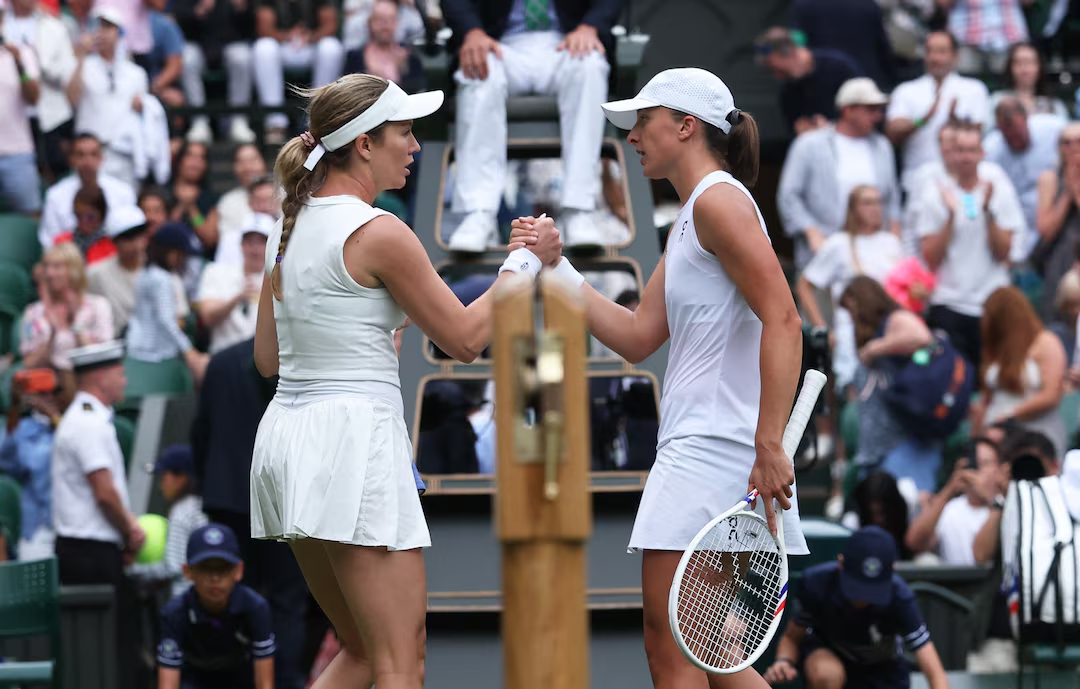Emma Raducanu’s meteoric rise to tennis superstardom in 2021 was the fairytale the sports world didn’t know it needed. A then-18-year-old wildcard entrant at the US Open who took the tennis world by storm—winning ten consecutive matches without dropping a single set—Raducanu not only clinched the Grand Slam title, but also catapulted herself into the global spotlight almost overnight.
With this newfound fame came a flurry of endorsements. Dior, Nike, Porsche, British Airways, Evian—and among the most lucrative—Vodafone, who inked a multi-year deal reportedly worth £3 million annually. But just two years after the landmark announcement, the telecom giant pulled the plug. The Emma Raducanu Vodafone partnership, once hailed as a marketing masterstroke, is now history.
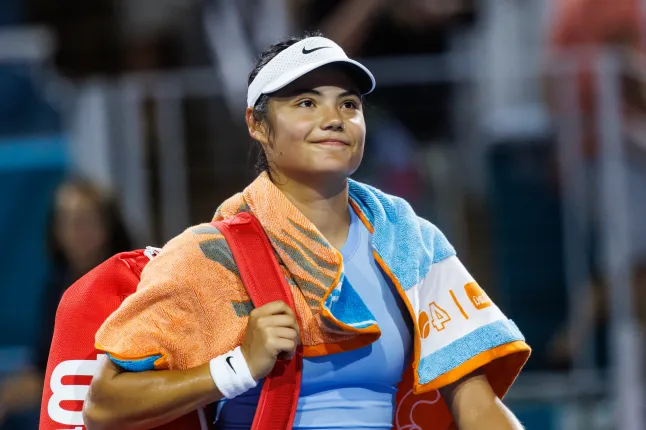
So what really went wrong? Let’s peel back the glossy layers of brand endorsements, athletic pressure, and public perception to uncover the truth.
A Golden Girl Turned Brand Darling
In early 2022, Vodafone unveiled Emma Raducanu as their new ambassador, positioning her as the face of the brand’s “Play Your Way to Wimbledon” campaign. The deal was intended to span multiple years, with Raducanu promoting youth tennis participation and digital connectivity. Vodafone executives viewed her as a symbol of the new generation—ambitious, multicultural, and digitally fluent.
At the time, the move made sense. Raducanu was not just a champion—she was the story. Gen Z, media-savvy, eloquent, and humble, she ticked every box for a brand looking to appeal to a younger, more diverse customer base.
But even the brightest stars can dim under pressure.
The Injury Spiral and On-Court Inconsistency
One of the first cracks in the Raducanu-Vodafone relationship was her increasingly frequent absence from the court. Since her US Open triumph, Raducanu has been plagued by injuries—from blisters and hip issues to surgeries on both hands and her ankle.
In 2023 alone, she withdrew from more tournaments than she played. Her ranking plummeted, and she dropped out of the Top 100. By early 2024, she had become a wildcard-dependent player struggling to find form in even the lower-tier WTA events.
For a brand like Vodafone, which had invested heavily in her visibility and appeal as an active, winning athlete, this presented a major problem. The longer she stayed out of the limelight due to injury, the less return on investment Vodafone was seeing.
A Partnership That Lost Its Spark
Vodafone’s marketing strategy relied on visibility—TV commercials, digital campaigns, press appearances. But by mid-2023, Raducanu’s participation in these activations had slowed. Whether due to injury-related recovery or mental fatigue, the public began seeing less of her in both sport and advertising.
This wasn’t just about performance—it was about presence.
Reports suggest that Vodafone executives were growing frustrated with the lack of “active integration” in ongoing campaigns. Without Raducanu playing regularly or winning matches, her star power was waning—and in the cutthroat world of corporate marketing, yesterday’s breakthrough sensation can quickly become today’s PR liability.
Social Media Silence and Public Disconnect
Another contributing factor was Raducanu’s digital retreat. While she started her career with a strong social media game, interacting with fans and sharing glimpses of her journey, 2023 and 2024 saw a marked shift. Her Instagram and X (formerly Twitter) accounts became sporadic and corporate, with only the occasional update—many of which were promotional.
This digital detachment eroded the connection with fans that had once set her apart. Vodafone had banked on her as a Gen Z icon—relatable, approachable, and inspiring. But when the engagement faded, so did the brand’s confidence in the partnership.
In the age of influencer marketing, visibility is currency. And Raducanu’s digital value proposition was no longer justifying its price tag.
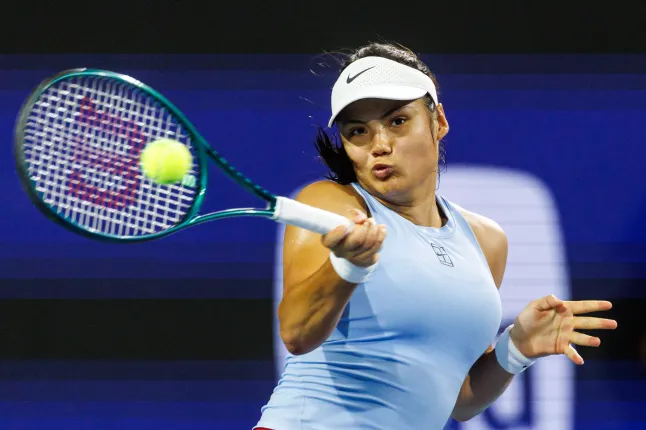
The Industry Whisper: Performance vs Persona
It’s no secret that the tennis world has been divided over Raducanu’s post-US Open strategy. Some insiders argue that she prioritized commercial deals too early, choosing photoshoots and galas over rigorous tour scheduling. Others defend her, citing the unrealistic pressure placed on young female athletes to be flawless both on and off the court.
But brands like Vodafone aren’t paid therapists—they’re corporations. And when a high-value asset like Raducanu fails to meet both performance and promotional expectations, a re-evaluation is inevitable.
By early 2025, whispers of “image rebranding” and “partnership terminations” became public confirmation: Vodafone had quietly chosen not to renew its contract with Raducanu.
Reframing the Narrative
What makes this development especially compelling isn’t just the lost millions—it’s the shift in narrative. Emma Raducanu was once hailed as the face of a new tennis era. Now, headlines speculate whether she’ll ever reclaim her form, or whether her success was a lightning-in-a-bottle moment.
But here’s where things get interesting.
The Vodafone split could mark not the end, but the rebirth of Raducanu’s career. Without the corporate weight of high-stakes sponsorships, she may finally get the breathing space to focus on tennis alone. No more walking red carpets while preparing for qualifiers. No more juggling public appearances with rehab sessions.
In many ways, the end of this high-profile deal could be the best thing that’s happened to her since winning the US Open.
Lessons From the Emma Raducanu Vodafone Partnership
There are some powerful takeaways from this saga—for athletes, fans, and brands alike:
- Performance Precedes Promotion: Brands may love a good story, but sustained visibility depends on consistent performance. In sports, glory is fleeting. What sells one year may not sell the next.
- Authenticity Matters: Fans connected with Emma because she was real, grounded, and fresh. When that digital spark dimmed, the emotional connection faltered—and so did commercial interest.
- Youth Needs Space to Grow: Raducanu’s journey is a cautionary tale of what happens when an 18-year-old is thrust into the global spotlight with millions at stake. Perhaps we need to let young athletes grow without turning them into brand mascots overnight.
- Brand Partnerships Are Business, Not Friendship: No matter how supportive a sponsor may seem publicly, contracts come with expectations. When those expectations aren’t met, even the most “loyal” partnerships can vanish.
What’s Next for Emma Raducanu?
With the Vodafone chapter closed, all eyes are on what comes next. Will she launch a full comeback in the 2025 grass season? Will she change coaches again? Will she return to social media with the same candid charm that once endeared her to millions?
One thing’s certain—Emma Raducanu is still only 22. She has years, maybe even decades, left in the sport. If she can tune out the noise, block the distractions, and return to the raw hunger that defined her US Open run, there’s no reason she can’t rise again.
The end of the Vodafone deal might just be the catalyst she needs.

Final Thoughts
The real reason Emma Raducanu lost her £3-million-a-year Vodafone partnership is a mix of timing, injuries, expectations, and shifting priorities—on both sides. It’s a story not of failure, but of misalignment.
And perhaps, just perhaps, it’s also the beginning of something better.
Because when the sponsorships fade and the cameras go quiet, the game remains. The court remains. And the fire—if still burning—can ignite again.
